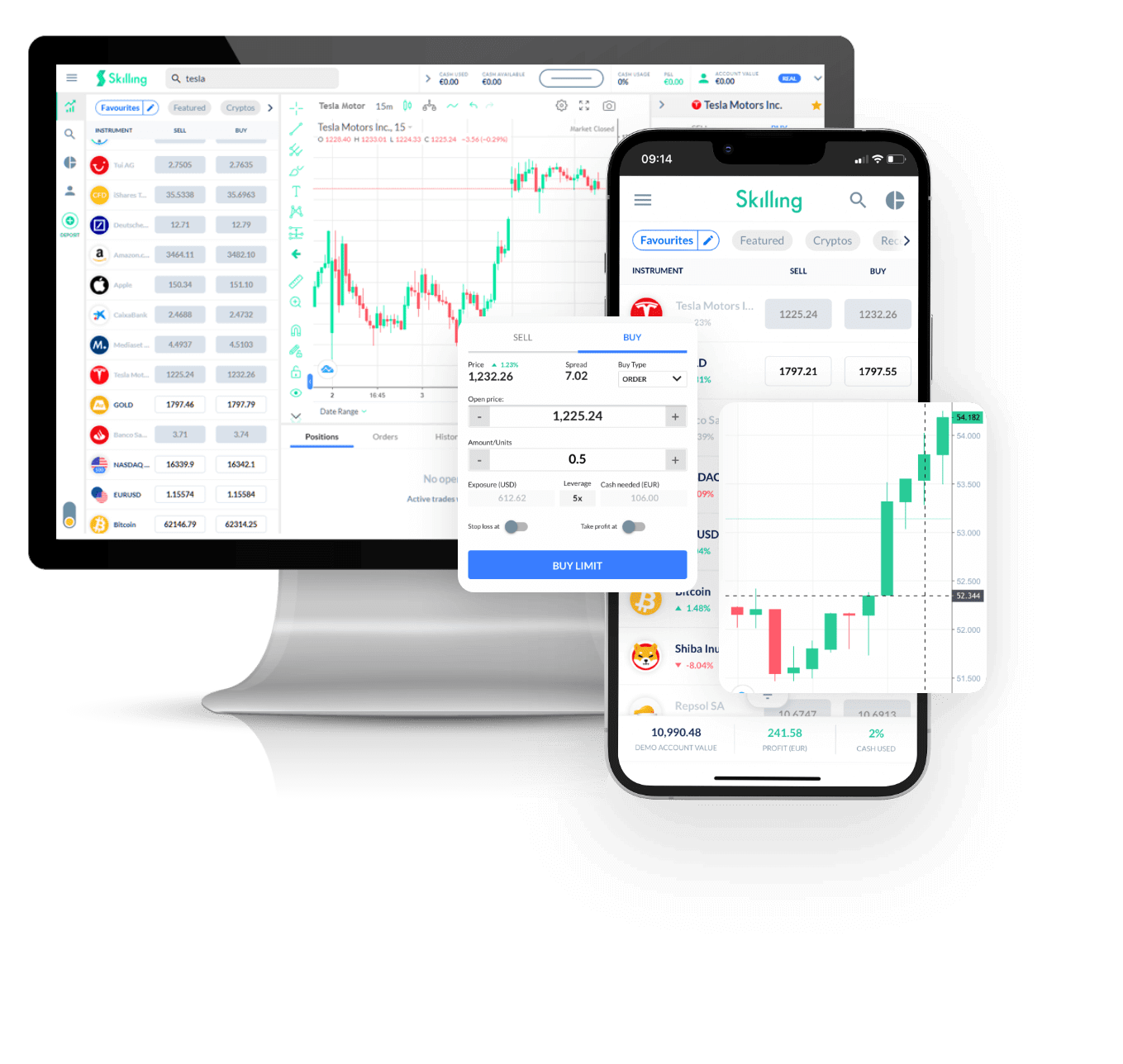Loading...
Nickel (NICKEL)
[[ data.name ]]
[[ data.ticker ]]
[[ data.price ]] [[ data.change ]] ([[ data.changePercent ]]%)
Low: [[ data.low ]]
High: [[ data.high ]]
Nickel Price: Understanding the Nickel Market
Nickel is a cornerstone of modern industry, playing a vital role in sectors such as stainless steel production, electric vehicle (EV) batteries, and aerospace manufacturing. Like other commodities, its pricing reflects a delicate balance of supply, demand, and market sentiment. For manufacturers, traders, and investors, understanding the nuances of the nickel market is essential. Leveraging tools like a nickel price chart and developing effective strategies ensures smarter decision-making and better outcomes.
Nickel Market Overview
The nickel market operates within a dynamic financial ecosystem, where trading is primarily conducted on platforms like the London Metal Exchange (LME) and Shanghai Futures Exchange (SHFE). These exchanges establish benchmark prices for global transactions, enabling buyers and sellers to navigate market fluctuations confidently.
To make sense of nickel’s price behavior, market participants use resources like the nickel price calculator, which simplifies the evaluation of potential profits or losses. By analyzing trends through these tools, stakeholders can determine the best times to buy nickel or sell nickel, optimizing their investments.
Current Nickel Price Trends
Nickel prices have been shaped by both short-term events and long-term macroeconomic trends:
- Short-Term Volatility : Market events such as supply chain disruptions, geopolitical unrest, and sudden changes in policy can trigger rapid price fluctuations. Traders rely on accurate nickel price charts to monitor these shifts in real-time, allowing them to seize opportunities.
- Long-Term Growth Drivers : Nickel’s industrial significance has steadily grown over decades, as evidenced by its evolving applications in technology and manufacturing. Insights from nickel history reveal periods of accelerated demand during technological advancements, such as the rise of EVs.
Current Market Trends and Influencing Factors
Nickel’s pricing dynamics are influenced by a web of interrelated factors. Understanding these drivers is essential for crafting a sound nickel trading strategy:
- Supply and Demand : Supply disruptions, such as those caused by export restrictions in major nickel-producing countries like Indonesia, can limit availability and drive prices upward. On the demand side, growing applications in EV batteries and stainless steel create consistent upward pressure.
- Stainless Steel Production : As the largest consumer of nickel, fluctuations in stainless steel manufacturing have a direct impact on demand. An uptick in global construction or industrial activity often correlates with rising nickel prices.
- Electric Vehicles : EV batteries, particularly those using nickel-rich chemistries, have become a significant demand driver. Analysts frequently incorporate projections from the EV sector into nickel price prediction models to forecast market trends.
- Geopolitical Risks : Trade disputes, sanctions, or political instability in nickel-rich regions can lead to supply chain bottlenecks, further amplifying price volatility.
- Currency Exchange Rates : As nickel is priced in U.S. dollars, a strong dollar can suppress demand from foreign buyers, while a weaker dollar typically boosts international purchasing power and increases demand.
- Speculative Trading : Speculation plays a pivotal role in nickel’s market volatility. Investors buying or selling contracts based on anticipated price movements often amplify short-term swings.
- Inventory Levels : Low stock levels in LME warehouses signal tight supply, which can push prices higher. Conversely, ample inventories usually indicate a surplus, leading to price declines.
- Technological Advancements : Innovations in mining, refining, and battery technology influence both nickel’s production costs and its demand. These shifts can reshape the market, impacting price trajectories over time.
Commodities Impacted by Nickel Price Movements
Nickel’s influence extends beyond its own market, shaping the dynamics of other commodities:
- Stainless Steel : As the primary consumer of nickel, stainless steel production is heavily influenced by nickel price fluctuations. Rising nickel prices increase production costs for stainless steel manufacturers, impacting global supply chains.
- Battery Metals : The battery sector relies on metals like cobalt, manganese, and lithium. Changes in nickel pricing can alter the demand for these metals as manufacturers adjust battery chemistries to maintain cost efficiency.
- Substitute Metals : When nickel prices surge, alternatives like aluminum and chromium may be used in specific applications. This substitution impacts the demand and pricing for these metals.
| Swap long | [[ data.swapLong ]] points |
|---|---|
| Swap short | [[ data.swapShort ]] points |
| Spread min | [[ data.stats.minSpread ]] |
| Spread avg | [[ data.stats.avgSpread ]] |
| Min contract size | [[ data.minVolume ]] |
| Min step size | [[ data.stepVolume ]] |
| Commission and Swap | Commission and Swap |
| Leverage | Leverage |
| Trading Hours | Trading Hours |
* The spreads provided are a reflection of the time-weighted average. Though Skilling attempts to provide competitive spreads during all trading hours, clients should note that these may vary and are susceptible to underlying market conditions. The above is provided for indicative purposes only. Clients are advised to check important news announcements on our Economic Calendar, which may result in the widening of spreads, amongst other instances.
The above spreads are applicable under normal trading conditions. Skilling has the right to amend the above spreads according to market conditions as per the 'Terms and Conditions'.

Trade [[data.name]] with Skilling
Take a view on the commodity sector! Diversify with a single position.
- Trade 24/5
- Tight spreads
- Average Execution at 5ms
- Easy to use platform
Why Trade [[data.name]]
Make the most of price fluctuations - no matter what direction the price swings and without the restrictions that come with owning the underlying asset.
CFD
Actual Commodities
Capitalise on rising prices (go long)
Capitalise on falling prices (go short)
Trade with leverage
Trade on volatility
No commissions
Just low spreads
Manage risk with in-platform tools
Ability to set take profit and stop loss levels

